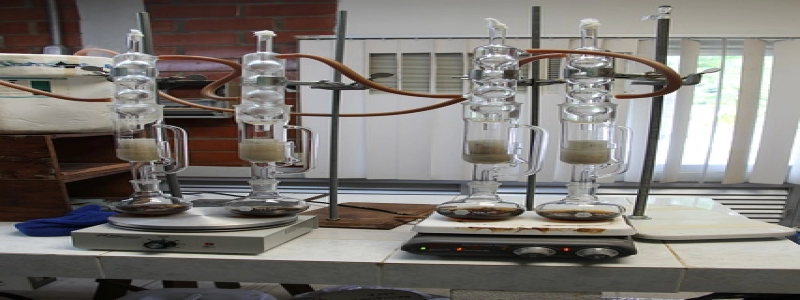Wavelength of laser light
jaz. Uvod
A. Definition of wavelength
B. Introduction to laser light
II. Characteristics of laser light
A. Coherence
B. Directionality
C. Monochromaticity
III. Measurement of wavelength of laser light
A. Diffraction grating method
B. Fabry-Perot interferometer method
C. Spectrometer method
IV. Factors affecting wavelength of laser light
A. Gain medium
B. Optical cavity
C. Pumping mechanism
V. Applications of laser light
A. Telecommunications
B. Medicine
C. Scientific research
VI. Zaključek
A. Importance of understanding wavelength of laser light
B. Future advancements in laser technology
jaz. Uvod
Laser light, also known as coherent light, is a type of monochromatic light that has gained immense popularity in various fields due to its unique properties. In order to understand laser light better, it is crucial to comprehend the concept of wavelength, which is the distance between two consecutive crests or troughs of a wave.
II. Characteristics of laser light
Laser light possesses three essential characteristics that differentiate it from other types of light: coherence, directionality, and monochromaticity. Coherence refers to the alignment of the light waves, which allows for interference patterns to occur. Directionality implies that laser light travels in a straight line, enabling it to be focused on a precise spot with minimal divergence. Lastly, monochromaticity denotes that laser light consists of a single color or wavelength.
III. Measurement of wavelength of laser light
Various methods exist for accurately measuring the wavelength of laser light. One common method is the diffraction grating method, where laser light is passed through a grating and the resulting diffraction pattern is measured. Another method is the Fabry-Perot interferometer method, which utilizes an interferometer and measures the wavelength based on the interference of light waves. Finally, the spectrometer method involves the use of a spectrometer to directly measure the wavelength of laser light.
IV. Factors affecting wavelength of laser light
The wavelength of laser light can be influenced by several factors. First and foremost, the gain medium, which is the substance that generates the laser light, plays a crucial role in determining the wavelength. Secondly, the optical cavity, which consists of two mirrors, affects the wavelength by controlling the resonant modes inside the laser. Lastly, the choice of pumping mechanism, whether it is electrical discharge or optical pumping, can impact the wavelength of laser light.
V. Applications of laser light
Laser light finds applications in numerous fields due to its unique properties. In the field of telecommunications, laser light is used for transmitting information through fiber-optic cables. In medicine, laser light is utilized for various purposes, such as surgical procedures, eye corrections, and skin treatments. Additionally, laser light is instrumental in scientific research, aiding in areas such as spectroscopy, microscopy, and particle manipulation.
VI. Zaključek
Understanding the wavelength of laser light is essential for grasping the intricacies of this remarkable technology. Further advancements in laser technology are expected, with researchers continually exploring new gain mediums, improving the optical cavity design, and refining pumping mechanisms. As laser light continues to revolutionize various fields, a comprehensive understanding of its wavelength is crucial for its continued development and application.








